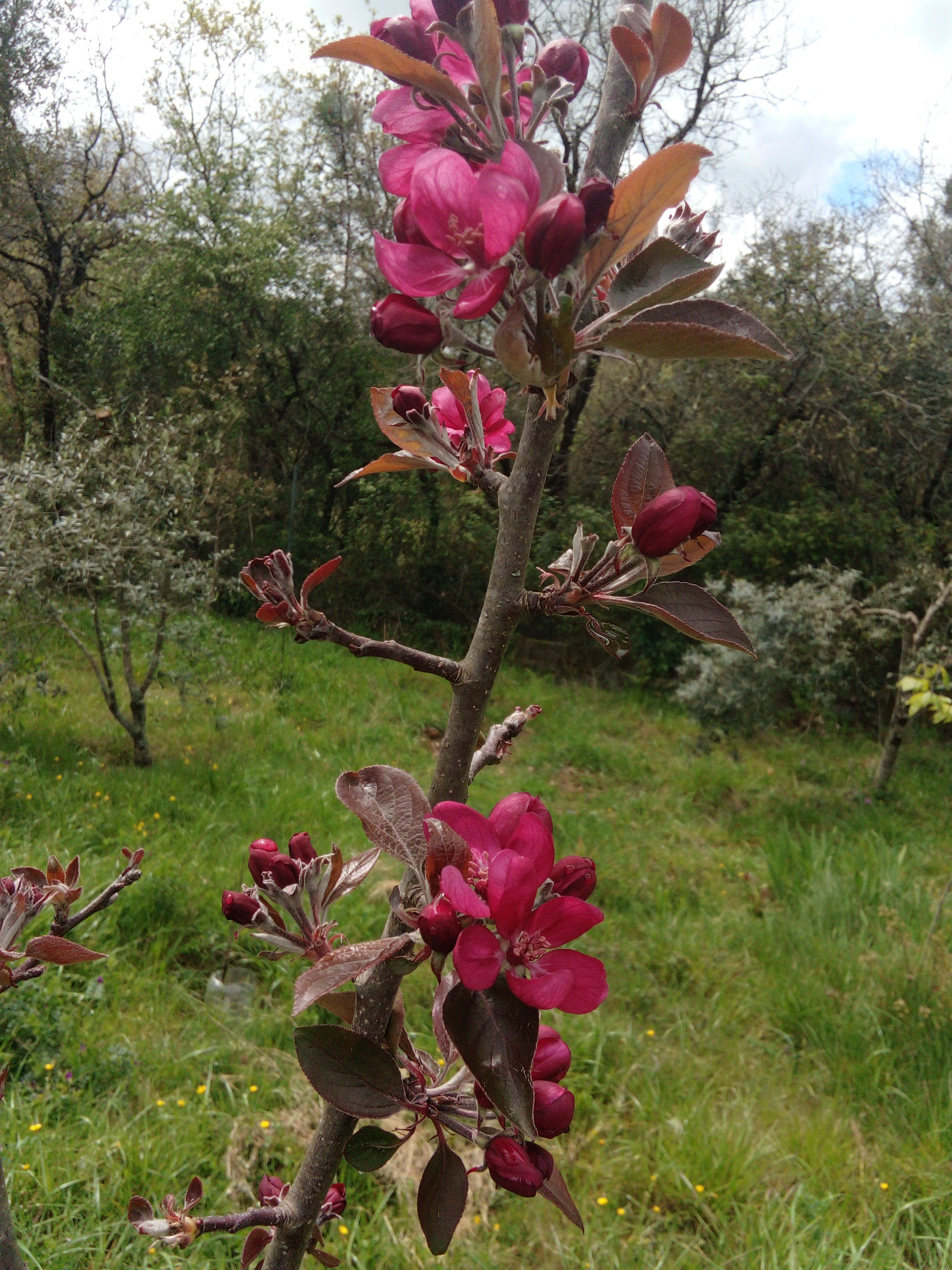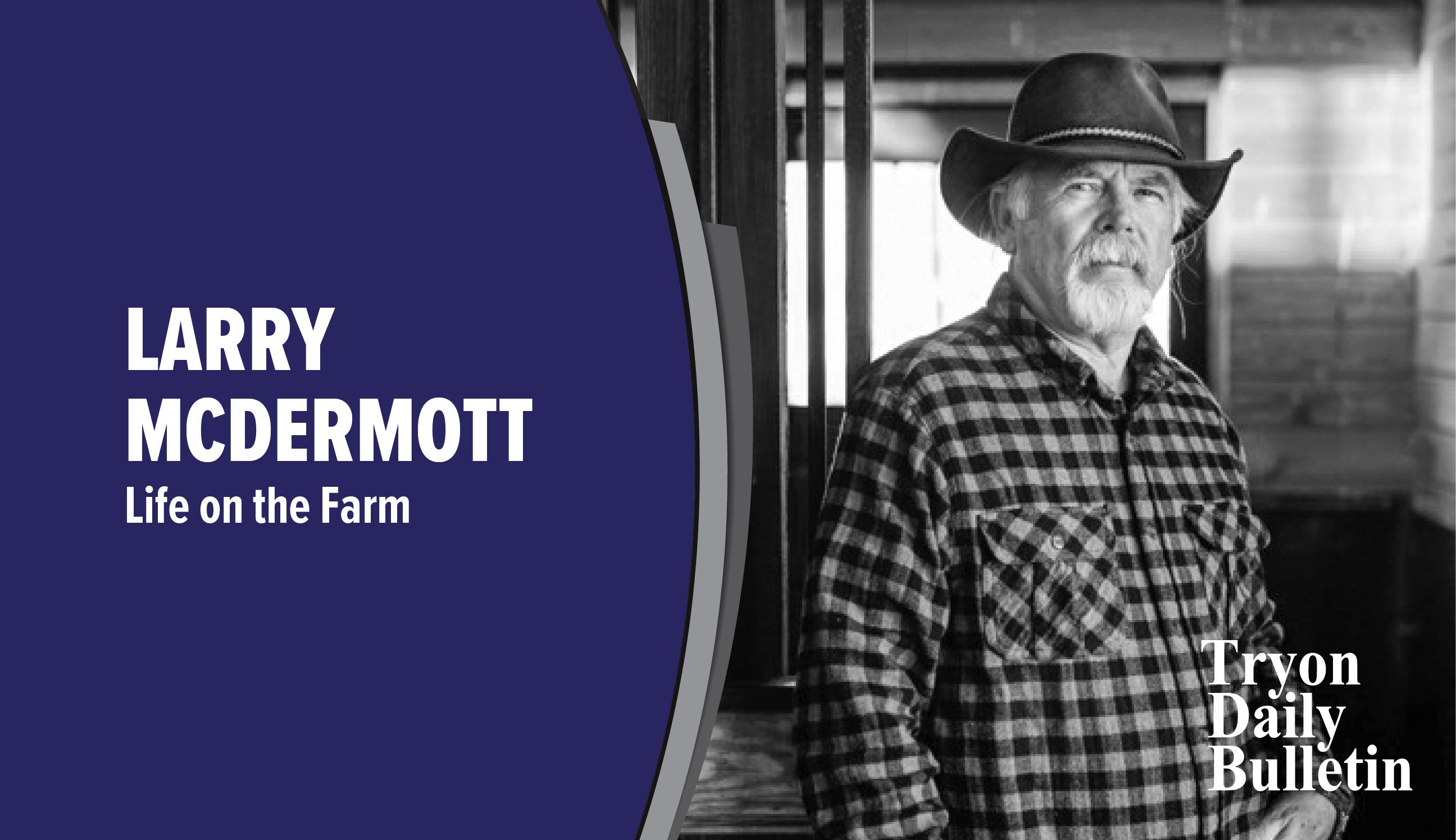Food for thought: Tips for edible landscaping
Published 11:37 am Thursday, April 20, 2023
|
Getting your Trinity Audio player ready...
|
Landscaping with edibles, or “foodscaping,” is a subject that has popped up from time to time in recent years. So, what exactly is meant by edible landscaping?
Oregon State University defines the term as the use of food-producing plants in residential landscapes. It combines fruit and nut trees, berry bushes, vegetables, herbs and ornamental plants into aesthetically pleasing designs. These designs can adopt any garden style.
Frequently, folks in urban settings try to hide their gardens out back somehow, though hiding edibles in plain sight has become quite popular. This way, visible appeal and growing food come together.
One problem I’ve noticed is the homeowner that asks for edible landscaping often really wants a garden or an orchard, and not landscaping. So, sometimes the plants that look good are not the plants the owner thought they’d get in an edible landscape. Successful edible landscaping looks like traditional landscaping, and at the same time provides food for the freezer or cupboard. It isn’t hard to grow sweet corn in the front yard, for example, and it looks like landscaping.
Why would you maybe want to try edible landscaping? It’s been forty years since Rosalind Creasy’s best-selling book, “Edible Landscaping,” hit the bookstores. Most yards produce nothing of value except a green lawn that hopefully looks good compared to the one next door.
The ideal edible landscape masterfully combines a good look with food production.
Using accepted landscape practices such as repeating plants, grouping plants in threes or other odd numbers, selecting plants to anchor a spot even if they don’t do much for food production, and plants that look good during most seasons of the year are all means to getting a pretty yard that also produces food. Of course, it’s the choice of the owner if they desire to plant food plots that don’t really look like good landscaping—sometimes necessity wins out over aesthetics.
So, do you want a list of good plants for an edible landscape? Such a list could include almost anything. Some suggestions include apples, pears, figs, pecans, plums, persimmons, jujubes, cornelian cherry dogwood, and serviceberry for trees. Currants, blueberries, honeyberries, and highbush cranberries for shrubbery also work well. Tomatoes, kale, chard, rhubarb, and horseradish provide annual greenery. Daylilies, nasturtiums and pansies for edible flowers, and grapes, pole beans and kiwi for vines that cover arbors or walls produce food, too.
From a row of sweet potatoes to a border of peanut vines, sometimes you can garden and landscape in unique ways that look good and yield a harvest at the same time.
It’s my hope you can grow a few edibles at your place this year, even if you decide to do it out back in a traditional garden or raised bed. At the least, you will now know what people are talking about if they mention edible landscaping in a conversation. And you’ll have healthy food, share family memories in the garden, and have food security.
There are lots of additional reasons for adding edible landscaping to your yard. So think about plantings that serve both purposes as you landscape and garden this year.
The author is a landscaper. He can be reached at www.rockcastles.net.

A red-fleshed apple tree in bloom is a great example of edible landscaping.






